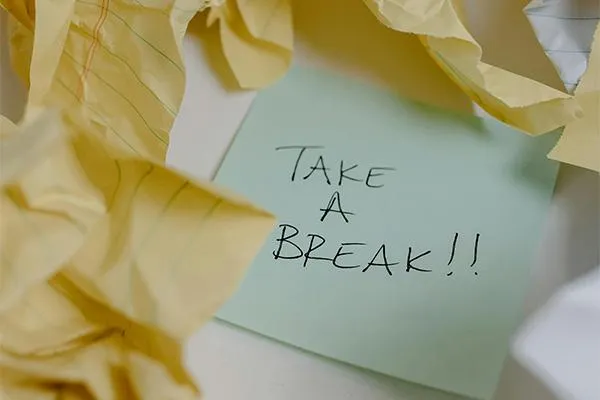
The Power of an Intentional Pause: A Simple Stress Management Tool
Life in today’s fast-paced world can feel overwhelming. Deadlines pile up, notifications ding constantly, and even moments meant for relaxation can feel like another box to check. How often do we stop to simply breathe?
That’s where the practice of an intentional pause comes in. This isn’t just another mindfulness buzzword; it’s a simple, accessible way to reclaim calm and clarity in your day. By pressing pause—intentionally—you can create space to reset your body, reconnect with your mind, and approach life’s challenges with more focus and ease.
What Is an Intentional Pause?
An intentional pause is just what it sounds like: a mindful break taken on purpose. It’s not about stopping everything for hours or waiting for the “perfect” moment. Instead, it’s about carving out small moments to breathe, reflect, and ground yourself—even in the middle of chaos.
Think of it as a mini-reset button for your nervous system. When stress piles up, our fight-or-flight response can take over, making us feel stuck or reactive. Pausing interrupts this cycle, allowing your brain and body to shift into a more regulated, balanced state.
Why an Intentional Pause Matters
The benefits of intentional pauses go beyond just feeling calmer in the moment. Research shows that brief moments of mindfulness can have a profound impact on overall well-being. By taking these breaks, you can:
Reduce Stress: Slow, intentional breathing signals your nervous system to relax, lowering cortisol levels.
Improve Focus: Pauses allow your mind to reset, boosting clarity and productivity.
Enhance Emotional Resilience: Checking in with yourself helps you respond thoughtfully rather than react impulsively.
How to Take an Intentional Pause
You don’t need fancy tools, a special app, or hours of free time to incorporate this practice into your day. Here’s a simple guide:
Start Small
Begin with just one pause a day. Choose a moment that already exists in your routine—like before opening your laptop, after pouring your morning coffee, or while waiting for a meeting to start.Breathe Deeply
Take three slow, intentional breaths. Inhale deeply through your nose, letting your belly expand, then exhale slowly through your mouth. Let each exhale last longer than the inhale, signaling safety to your nervous system.Tune In
Ask yourself: What am I feeling right now? and What do I need in this moment? The goal isn’t to fix or analyze—just listen.Anchor Yourself
Notice your physical connection to the present moment. Feel your feet on the ground or the support of your chair. Let your body remind you that you’re here, in this moment.
Making It a Practice: The Honest Truth
Let’s be real—starting an intentional pause practice isn’t always easy. Some days, it will feel awkward or even pointless. You might find yourself skipping it altogether when life gets busy.
I’ve been there. When I first started, I set a goal to pause for three deep breaths before opening my laptop each morning. Some days, it felt grounding. Other days, my mind raced ahead, already ticking through my to-do list. But I kept showing up for those moments, even when they didn’t feel perfect.
Now, I’ve expanded this practice to other parts of my day—taking a mindful pause before responding to an email or stopping to breathe during my afternoon coffee. It’s not always smooth or easy, but over time, these small moments have added up, creating a noticeable shift in how I approach stress and decision-making.
If you’re just starting, give yourself grace. Pausing isn’t about doing it “right” every time—it’s about giving yourself permission to try, to reset, and to show up for yourself in small, meaningful ways.
A Gentle Invitation
The beauty of an intentional pause is its simplicity. It doesn’t require perfection or hours of time—just a willingness to stop, breathe, and listen.
The next time you feel overwhelmed or scattered, take a moment. Pause intentionally. Notice how it feels to simply be. And remember, even the smallest pause can have a big impact.
What would it look like for you to pause today?
I’d love to hear how you’re creating space for yourself. Feel free to share your favorite ways to take an intentional pause in the comments or connect with me on social media.
